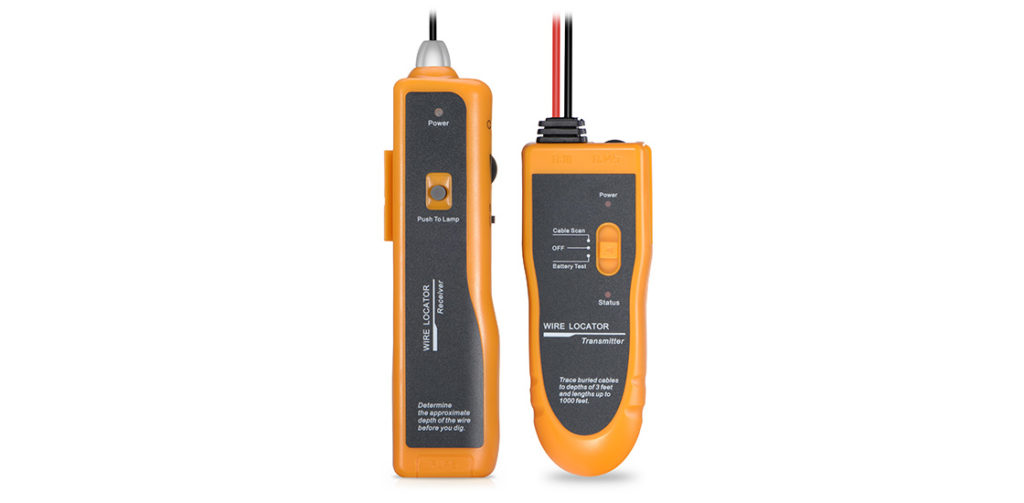Nowadays, data transfer is among the most significant task to be accomplished by a data developer. There are numerous data transfer methods available in the market, but they are not reliable and safe. These reliability and security issues have caused lots of problems to those who need the data in its original form. However, you’ve fiber optic cables now.
Fiber optic cables are the most dependable and elegant approach to transfer data in the field. They set a standard, which may be hardly reached by other cables. It can possess a signal with highest efficiency, since the signal in a very fiber optic cable isn’t getting that much attenuated, at a least signal loss.
Furthermore, unlike copper wires, fiber optic cables don’t let intrusion of outdoor signals. In order to mix or access the signal carried from the fiber optics, one must intervene physically, which cannot go undetected without correct surveillance equipment. Therefore, fiber optic cabling is several folds securer compared to the regular copper cables. Also, since fiber optics isn’t made of copper wire or any other metallic wires, it’s much less denser, thus which makes it convenient to carry around and also needs fewer personnel for installing. Nevertheless, the cost of fiber optic cable might be a little higher than the regular cables, but studying the advantages and sum of money trapped in its maintenance and functioning accocunts for much more than the fee incurred.
With proper installation of fiber optic cables, the info could be delivered to more than a 1000 kilometers distance however, if the cables aren’t installed since they ought to be, then the data may well not even visit a person sitting beside the sender. For the effective usage of fiber optic cables, the installer should become aware of the policies information required.
Now the fundamental question that arises is the fact that the thing that makes the use of fiber optics installer effective? The answer is the data concerning the types of fiber optics and their installation this includes the techniques of protecting these cables in numerous environmental conditions. Fiber optic cables are designed to be able to minimizing the worries caused to the cable i.e., temporary or long-term stress and in addition to that, there should be fire safety compliance with in the cable. All these efforts assembled to style a fiber optic cable are effective only if the cable is installed properly by using the fiber optics installer guide.
There are lots of fiber optic cables which are manufactured as reported by the dependence on their usages which categorizes them into 2 types which can be maximum tensile strength and minimum bend radius. These optical cables which can be manufactured for special purposes as well as need special type of skills and their installation needs to be followed as per the manufacturers’ specifications for their proper and effective working. Moreover, from your manufacturing types, the fiber optic cables can be categorized into indoor fiber optic cables and outdoor fiber optic cables. These two differ from their manufacturing aspects and different features will also be added to them. The fiber optic cables useful for the great outdoors possess a rugged outer body and less flexibility in order to withstand the outdoor harsh temperature and environment whereas the indoor fiber optic cables have a flexible and fewer rugged cover. These two cables need different kinds of fiber optics installer guidance to put in.
Technology is incredibly dependent on its sources and fiber optic cables are among the most dependable sources. Nevertheless the users must remember the different types of cables, the manufacturing, cellular phone and structure which may be done using a fiber optics installer guide.
Fiber optics installer guidance is indeed important, where can users get the right suitable guidance for installation? Generally, fiber optics installer guidance could be a paper manual with all the fiber optic cable installation tools. However, installing different type of cable comes to a different guidance, such as installing Cat 7 cable is different from that of MPO to LC cable.

